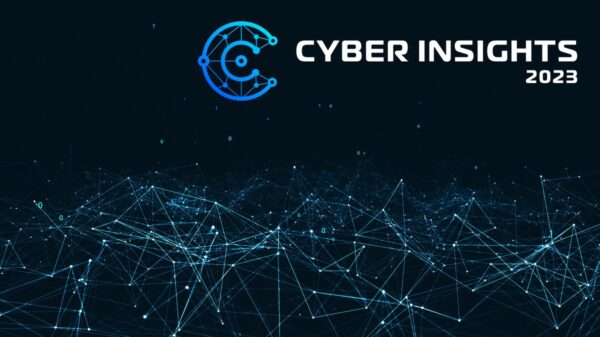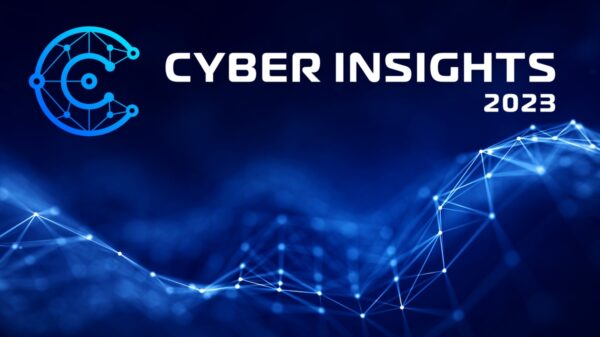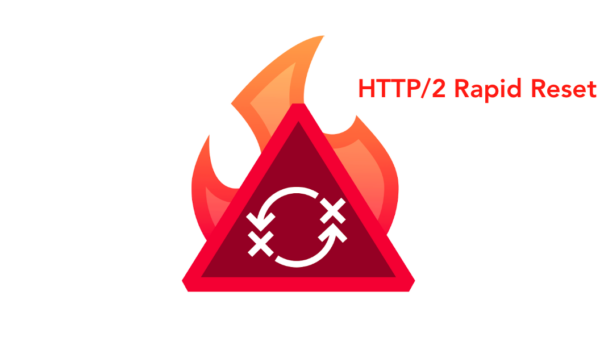“A bruise is a lesson”- Arya Stark, A Game of Thrones
If we can learn one thing from the notable string of beaches that have been reported publicly in the past few years, the widespread movement of bad actors across the data center – and the “dwell time” hackers have gained in these environments – has been a principal contributor to the degree of damage organizations have suffered. More dwell time (weeks, months, years) and more access translates to more damage.
The ability of bad actors to not only access critical assets, but to move nearly freely across the data center undetected remains somewhat mind-boggling as we forecast cybersecurity expenditures to approach close to $100 Billion in the next few years. In the next few years, we will be spending a virtual Ecuador on cybersecurity without being able to stop bad actors from free access to the interior of networks and applications.
Organizations of any size can do one important thing to help address this challenge: better segment their interior networks and data center operations. This is the critical strategy most IT and Security teams have not undertaken to date. Even today, the vast bulk of network security spend and attention is still focused on the perimeter. Indeed, earlier this year, Rob Joyce, the Chief of Tailored Access Operations of the NSA, gave a stunning talk at the USENIX Enigma conference with one simple message: segment everything that is critical.














